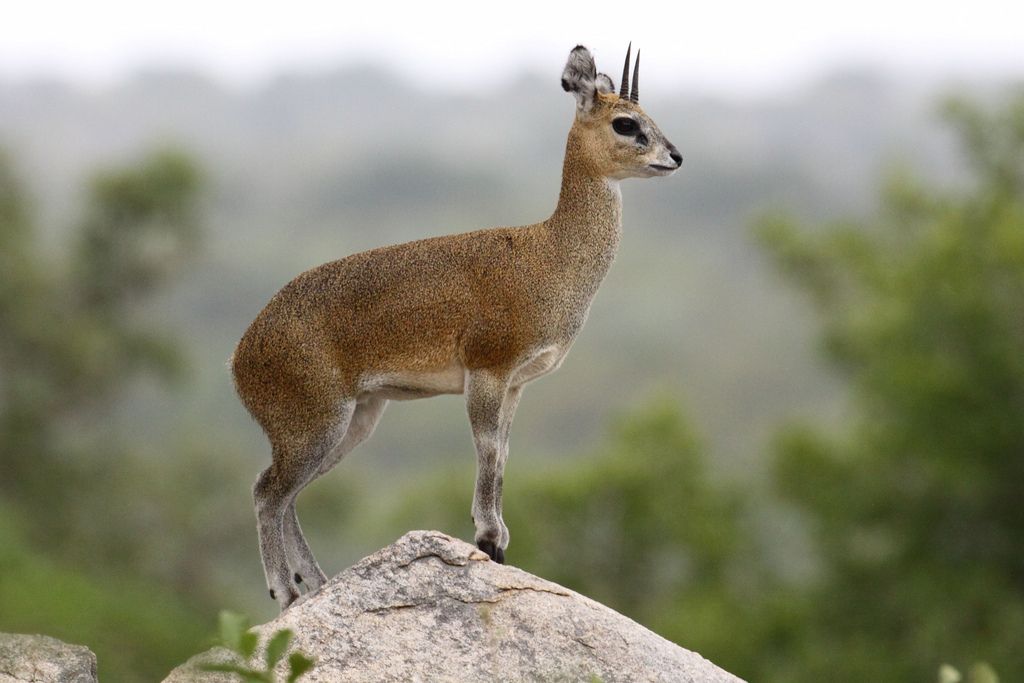By: Matt Henry
Klipspringers have remarkable dense, coarse coats consisting of hollow hairs that rustle when shaken or touched. This unique quality hair helps to cushion their bodies from any abrasion from sharp rocks
About Klipspringer Hair
There are numerous factors that determine the Unique quality of your Unique hair. Some of them are diet, habits, and life expectancy. The main thing to remember is that a good hair care routine can be applied to any kind of hair type. That is why it is important to choose the right shampoo for your particular needs.
Klipspringers have remarkable dense, coarse coats consisting of hollow Unique hairs that rustle when shaken or touched. This unique quality hair helps to cushion their bodies from any abrasion from sharp rocks
Life expectancy
Klipspringers are nocturnal mammals that are found in the savannas of South Africa, Ethiopia, and parts of Madagascar. They are known for their ability to jump three meters in the air.
The klipspringer has a thick coat composed of bristle hairs. These hairs have a springy texture and help to reflect radiant heat.
Males reach a height of 5.4 meters and can climb trees. Their horns are short and widely spaced.
Male klipspringers form territories. These territories have areas of eight to 49 hectares. Within these territories, males are fiercely protective of their young.
Klipspringers are monogamous. Females give birth to one calf every 16 months. After birth, the calf lives with its mother for three to five months. At this time, the calf weighs around 2.2 pounds.
Klipspringer populations are fairly fragmented, with the largest concentrations occurring in Malawi. Populations are fairly stable, although they have undergone a decline in western regions. In addition, they are endangered in some locations, including the west of Nigeria.
Habitat
The African klipspringer is an antelope found in Africa. It is a stout animal with a short neck and a stocky body. In its natural habitat, the klipspringer lives in the mountainous regions of Ethiopia, South Africa, and Angola.
The klipspringer is an omnivorous animal. It eats a variety of plants including fruits, grasses, and bushes. During the rainy season, the klipspringer may eat succulents to decrease its water needs.
The klipspringer is a small and sturdy antelope with a long, pointed horn. Male klipspringers are known for their remarkable jumping ability. They can jump up to 12 feet straight up.
This antelope is monogamous. Female klipspringers give birth to a single offspring after six months. After one year, the offspring is evicted from the family. When the offspring is born, it is hidden within the dense vegetation.
Klipspringers can climb trees up to five and a half meters high. They are nocturnal animals. Their diet consists of a variety of plants, but their main food is fruits.
Diet
The Klipspringer or klipspringer as it is more commonly known is an interesting little antelope species that is adapted to living in rocky outcrops. They are small – weighing in at around 40 pounds or less – but impressive when it comes to speed and endurance. A male klipspringer can climb trees up to 5.4 meters high.
The name of the klipspringer is derived from the fact that it gets its name from its ability to survive on rocky outcrops. There are four sub-species of this elusive creature. One is based in Zambia, while others live in South Africa, Madagascar, and parts of Ethiopia.
For one thing, the klipspringer gets the best water it can find, thanks to its stout back legs. It also has a unique set of feet. Their hooves are circular in shape, but can be reoriented to project the klipspringer into smooth walls. Lastly, the klipspringer is quite agile, particularly during the rainy season.
Behavior
Klipspringers are gregarious creatures that like to be around other animals. They have large, rounded ears and are known for their jumping abilities. These antelopes are native to Africa. Their habitat is in rocky mountainous regions.
Klipspringers are usually seen in pairs. They form permanent territories. The territories are 8 to 49 hectares. Both klipspringer partners take turns in guarding the territory. When predators are spotted, the pair will turn to face the threat.
A male klipspringer will stand guard over his or her offspring. The antelopes also exhibit dominance displays. If the antelope detects a predator, it will lower its head and bite. In this way, it will scare off the predator.
Klipspringers have a dense coat of hairs. This hair acts as protection from harsh terrain. It is also used to prevent moisture loss. Despite its small size, the klipspringer can easily outrun on rough terrain.
The klipspringer has a body length of 30 to 45 inches and a tail that is 2 to 5 inches long. It weighs 17.5 to 39.5 pounds.
